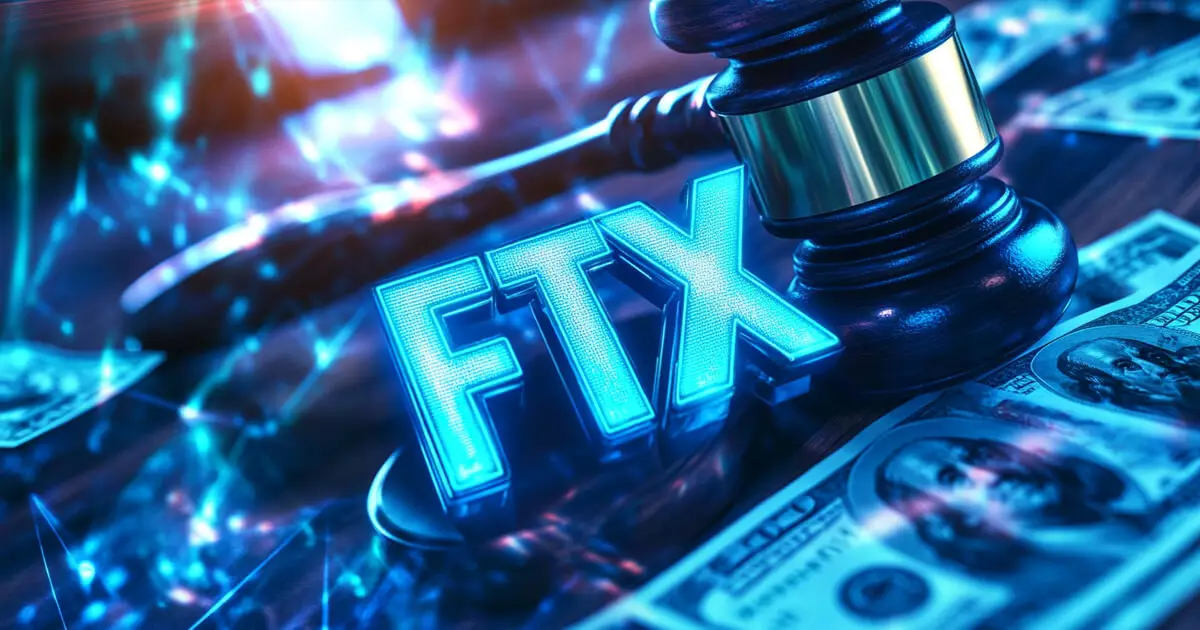The cryptocurrency exchange FTX, which imploded under a veil of mismanagement and financial misconduct in late 2022, is working diligently to restore order and distribute funds to its millions of affected customers and creditors. With a Chapter 11 Plan of Reorganization on the horizon, FTX aims to streamline this daunting process and ensure a fair return to those who have suffered financial losses. Set to reach its critical juncture by January 2025, this initiative seeks to bring resolution not only to FTX’s calamity but also to the larger crypto landscape impacted by its collapse.
According to the latest report from FTX, a comprehensive timeline has been established to guide creditors and customers through the various stages of the recovery process. By December 2024, FTX expect to finalize arrangements with specialized distribution agents which will empower customers across supported jurisdictions to open accounts through a centralized customer portal. This strategic move is crucial for simplifying the claims process, ensuring that individuals can easily navigate their options for reimbursement.
The firm has promised to disclose the exact reimbursement date during December, contingent upon receiving court approval for the Disputed Claims Reserve Amount. This step is critical as it will clarify how much is available for distribution and enable the first phase of payouts to commence in January 2025. Initially focusing on holders within the Convenience Classes, these distributions are anticipated to roll out within 60 days of the effective date, reflecting FTX’s commitment to prompt recovery efforts.
FTX CEO John J. Ray III has publicly expressed optimism regarding this path to recovery. Highlighting the diligent efforts of the professional team supporting the debtors, Ray indicated that the recovery efforts have already amassed billions in recoverable assets. This points to a collective effort to make amends with those affected by the previous management’s decisions that led to insolvency. His commitment underscores the seriousness of FTX’s dedication to rectify past mistakes and the company’s determination to regain the trust of its customer base.
The integration of judicial approval into this process has been pivotal. Recently, U.S. Bankruptcy Judge John Dorsey endorsed the $16.5 billion recovery plan, which establishes a clear roadmap for FTX’s return to a semblance of normalcy. Prioritizing customer claims over various regulatory claims, this plan is indicative of a broader intent to restore faith in the cryptocurrency ecosystem after a series of tumultuous events.
While the projected total recovery stands at a potent $16.5 billion, fluctuations in asset values could result in a revised assessment around $14.7 billion following cash conversions. Nonetheless, the implications of this recovery extend beyond mere financial reparations; they symbolize the potential for clearer regulations and enhanced standards in the cryptocurrency industry.
The unfolding narrative of FTX’s bankruptcy and subsequent recovery plan is peppered with both caution and optimism. The pathway to restitution itself reveals considerable flaws in the previous governance models within the crypto space, but it also highlights a commitment to transparency and resolution. While it is crucial for stakeholders to approach this recovery with measured anticipation, the proactive steps taken by FTX are a promising beginning in a chapter that must lead to greater accountability in the industry.

